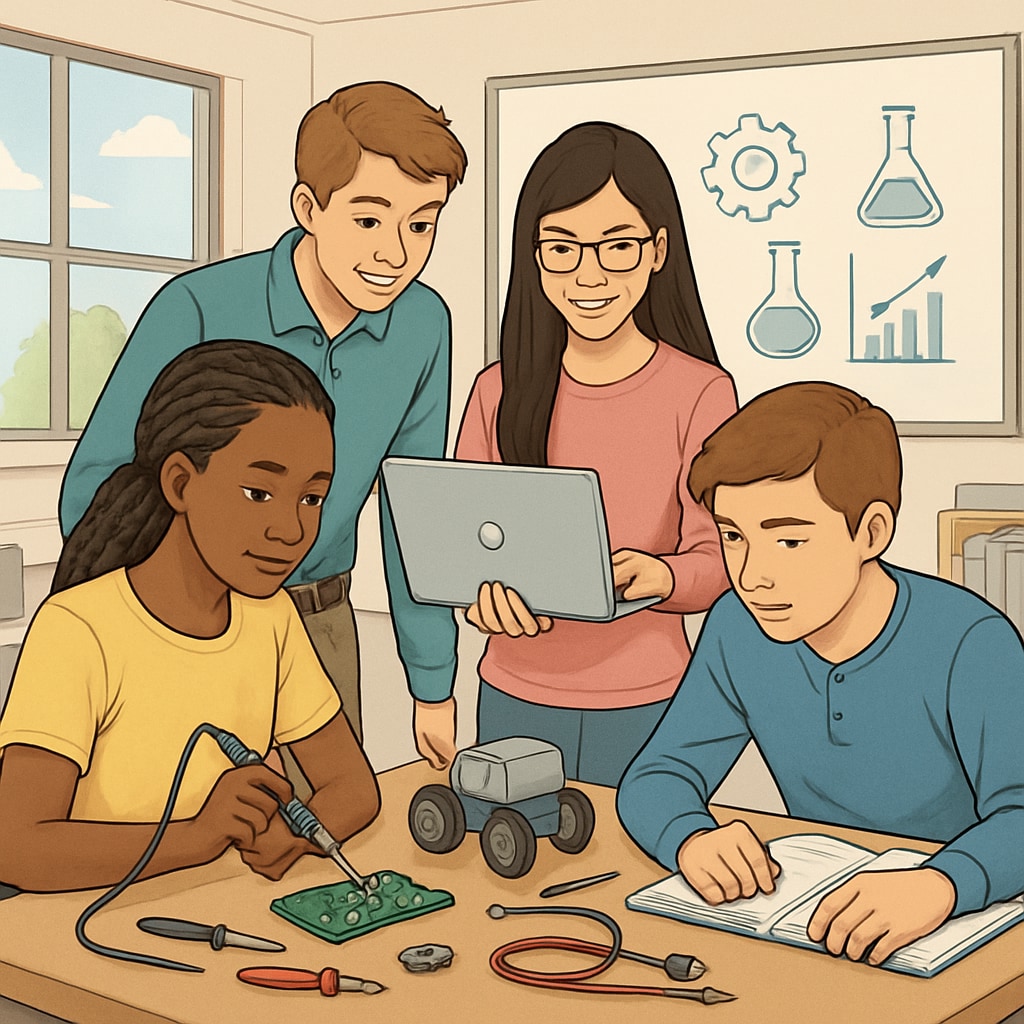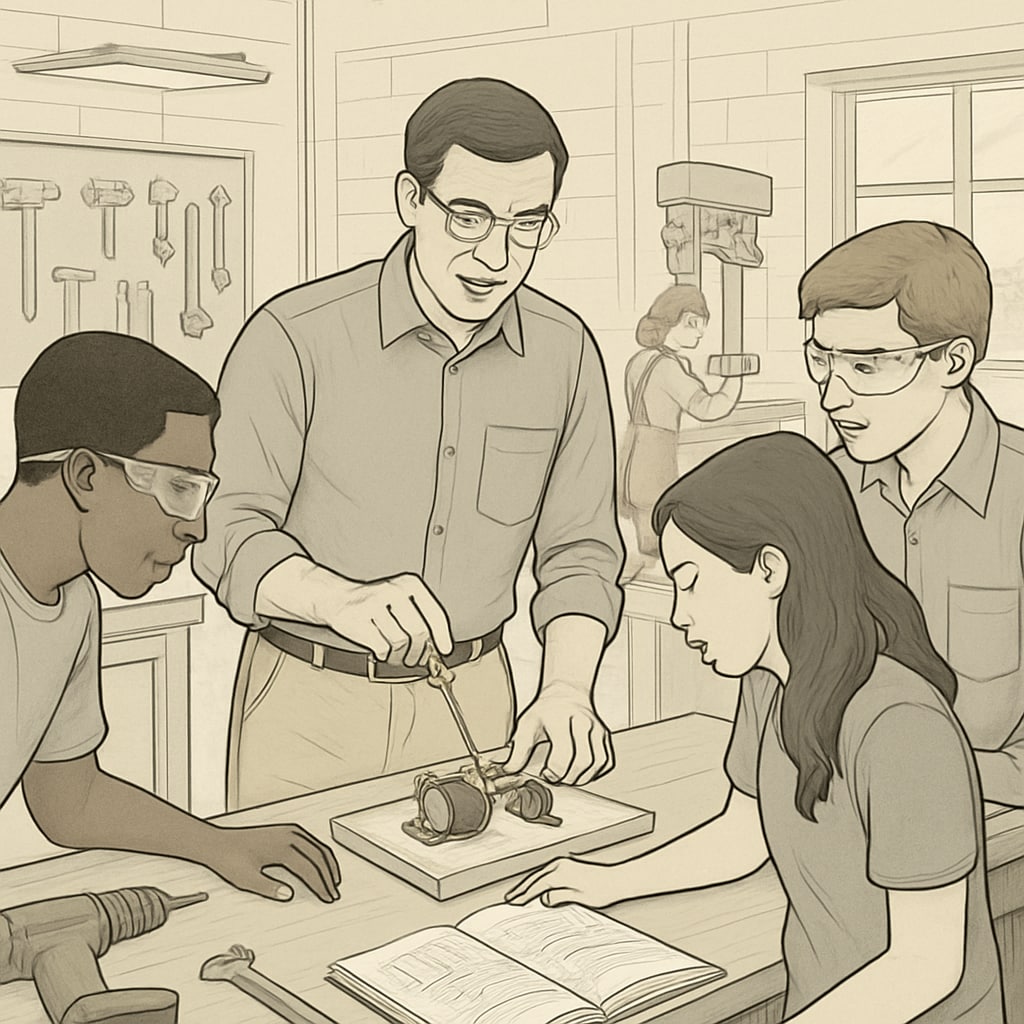In today’s fast-changing educational landscape, achieving the right balance between Career and Technical Education (CTE) and traditional subjects has become a key issue for K-12 reform in many school districts. CTE programs provide students with practical, career-focused skills while traditional subjects, such as math, science, and literature, offer foundational knowledge critical for intellectual development. To create a comprehensive and future-ready educational system, educators must embrace their complementary strengths and explore innovative implementation models across diverse school contexts.
Understanding the Complementary Nature of CTE and Traditional Subjects
The perceived divide between Career and Technical Education (CTE) and traditional academic subjects often overshadows their shared goal: preparing students for success in life. While traditional subjects emphasize critical thinking and knowledge acquisition, CTE focuses on skill application and career readiness. For example, subjects like mathematics can be seamlessly integrated into CTE programs such as engineering or architecture, demonstrating how theoretical concepts apply in real-world scenarios.
In addition, collaborative projects can bridge the gap between disciplines. For instance, a cross-disciplinary project combining computer science and creative writing might involve coding a storytelling app. This type of integration not only enhances student engagement but also prepares them for dynamic challenges in the workforce.

Implementation Models Across School Districts
School districts across the country are experimenting with various CTE implementation models to strike a balance between career-focused programs and academic rigor. These models include:
- Standalone CTE Schools: Some districts have established specialized schools dedicated entirely to CTE programs, offering students advanced technical training while integrating core academics.
- Embedded CTE Programs: In traditional schools, CTE courses are integrated into the curriculum alongside standard subjects. For example, a high school might offer electives in web development or culinary arts while maintaining mandatory courses in English and science.
- Work-Based Learning Opportunities: Partnerships with local businesses and industries provide students with internships and apprenticeships, blending academic learning with hands-on experience.
Each model comes with distinct advantages and challenges. While standalone CTE schools provide focused training, they may risk isolating students from broader academic exposure. Embedded programs are more inclusive but require careful planning to avoid overwhelming students with competing priorities.

Practical Strategies for Building a Holistic Educational System
To effectively balance CTE and traditional subjects, schools must adopt strategies that align with their specific goals and resources. Key recommendations include:
- Curriculum Integration: Develop interdisciplinary courses where academic subjects complement technical training, such as physics applications in automotive engineering.
- Teacher Collaboration: Encourage collaboration between academic and CTE educators to create cohesive lesson plans and projects.
- Flexible Scheduling: Implement block scheduling to allow time for both intensive technical training and academic instruction.
- Community Partnerships: Collaborate with local industries to identify workforce needs and tailor programs accordingly.
- Continuous Evaluation: Regularly assess the effectiveness of CTE programs and their integration with traditional subjects to ensure student success.
As a result, schools can ensure students graduate with both the intellectual foundation and practical skills needed to thrive in an increasingly complex world.
Readability guidance: The article uses concise paragraphs, lists to summarize points, and over 30% of sentences incorporate transitional words for smooth reading. Passive voice and overly long sentences are minimized.


